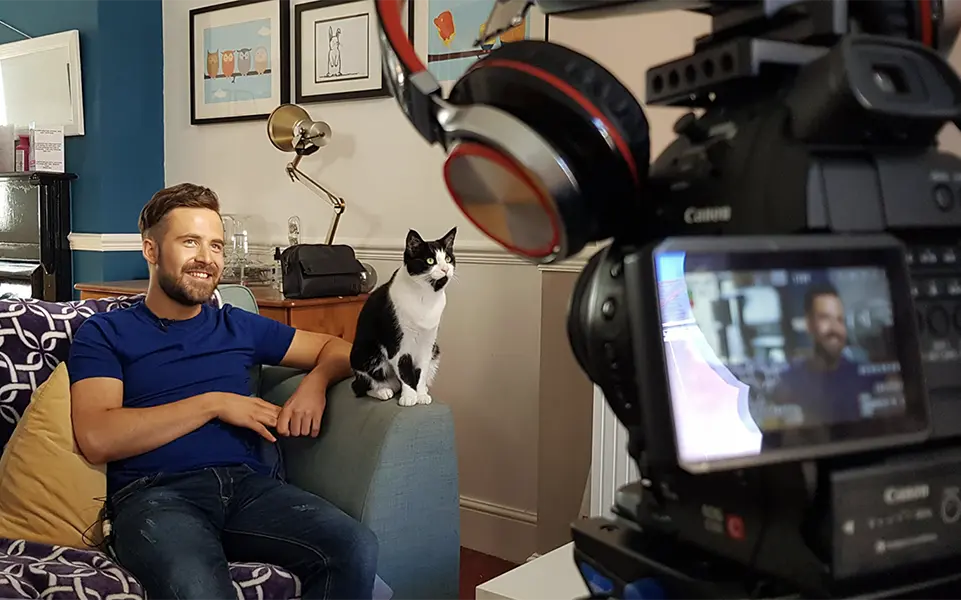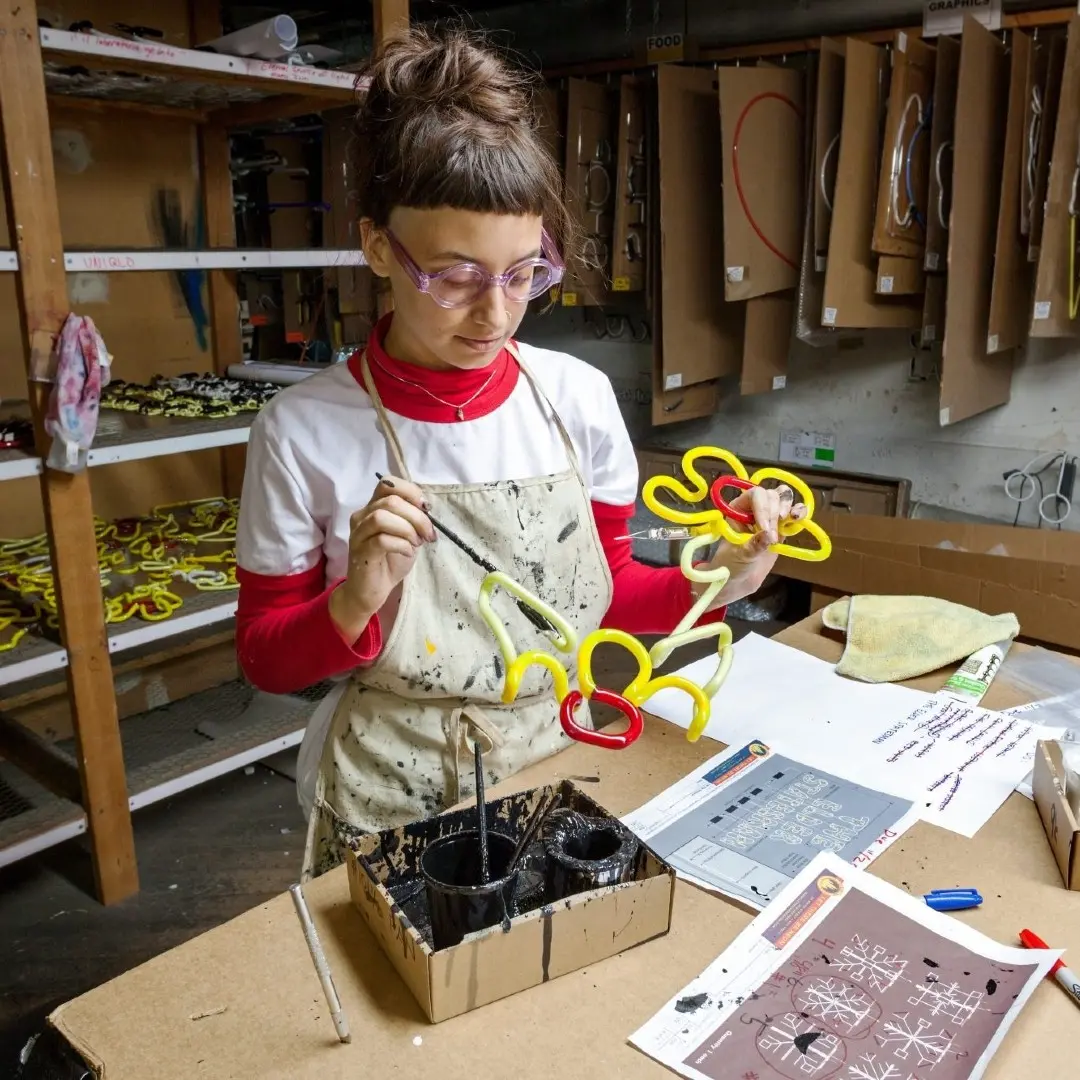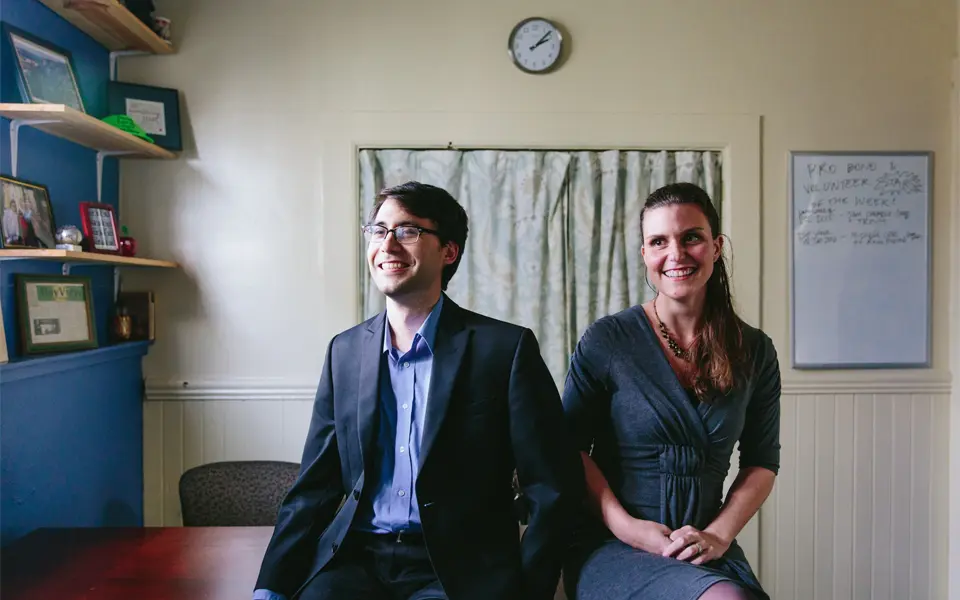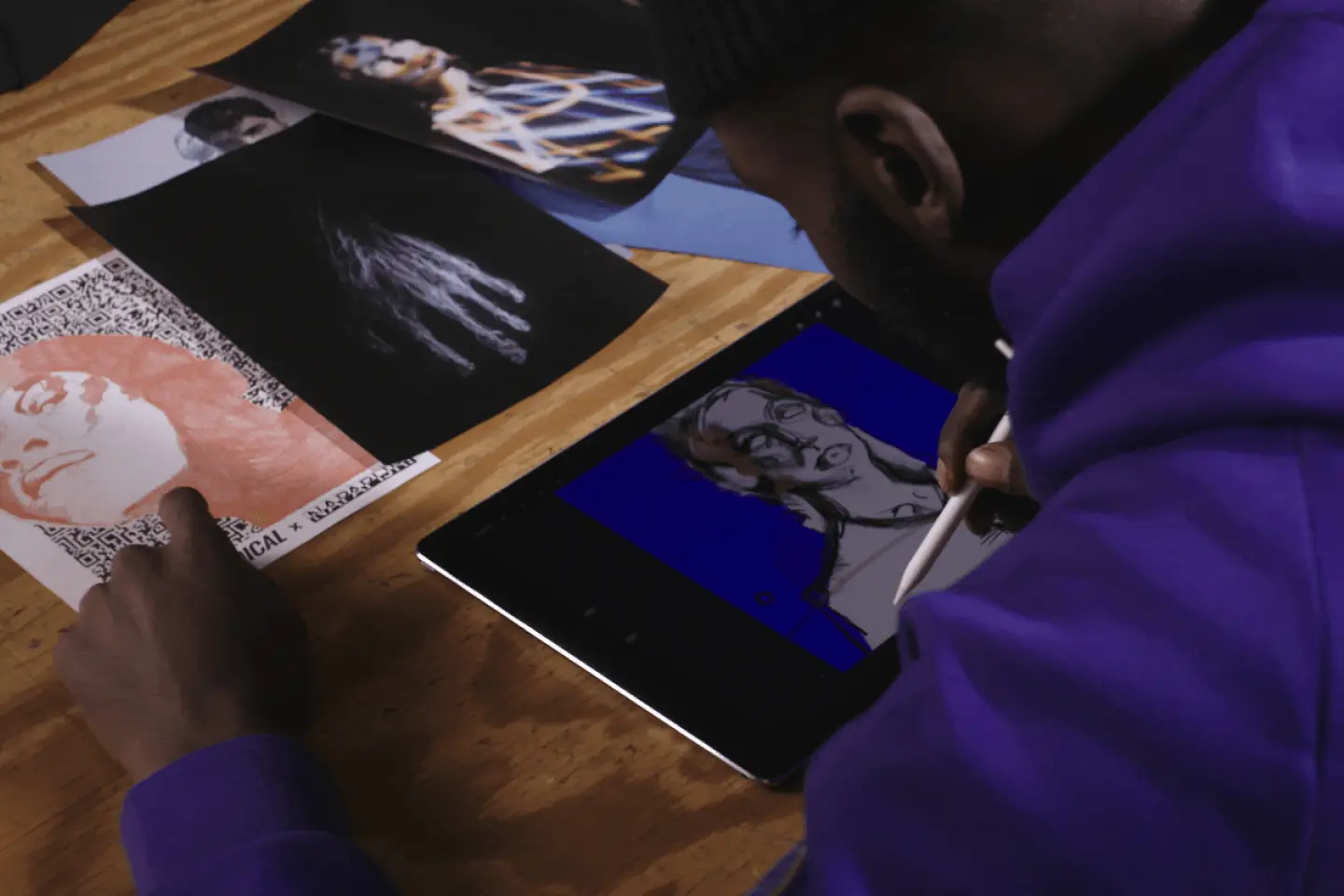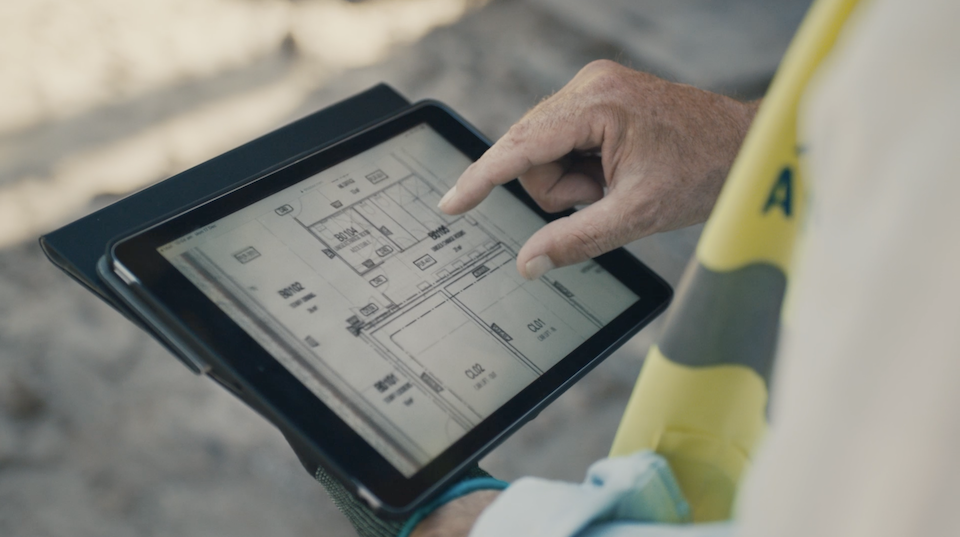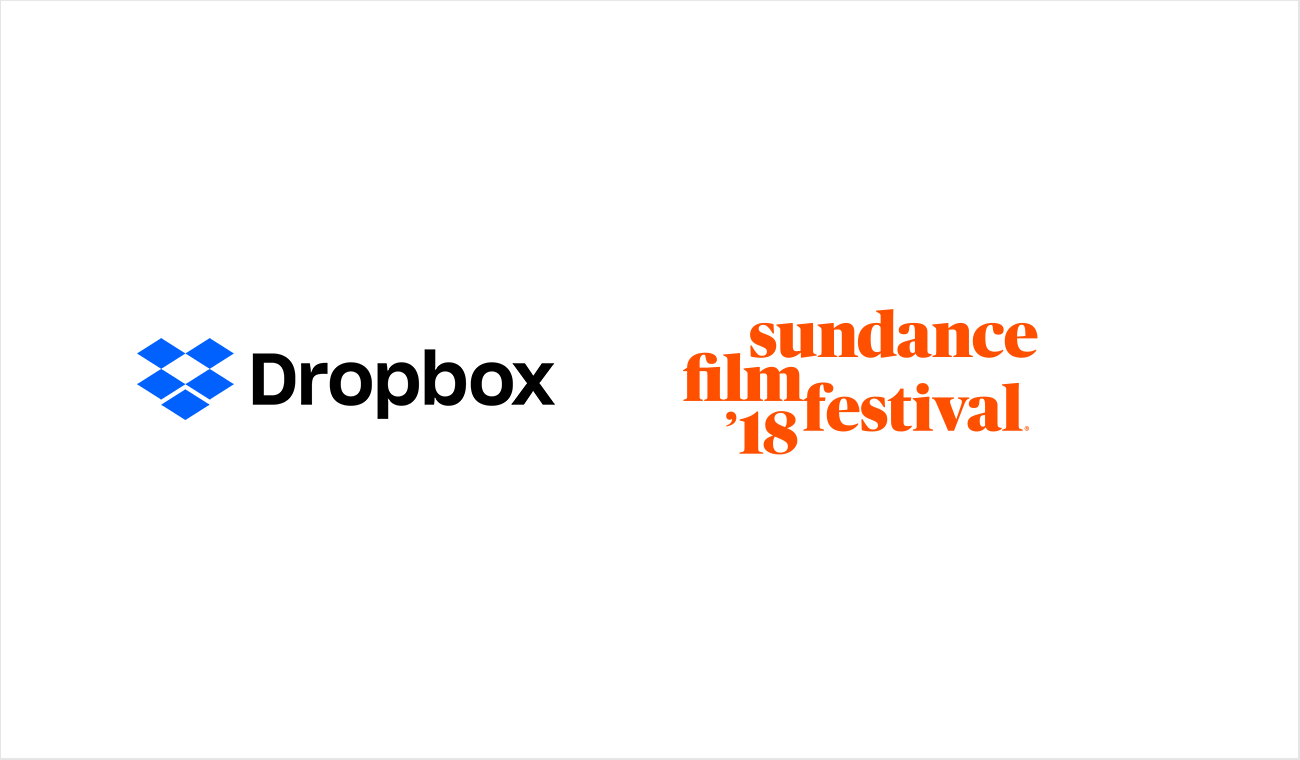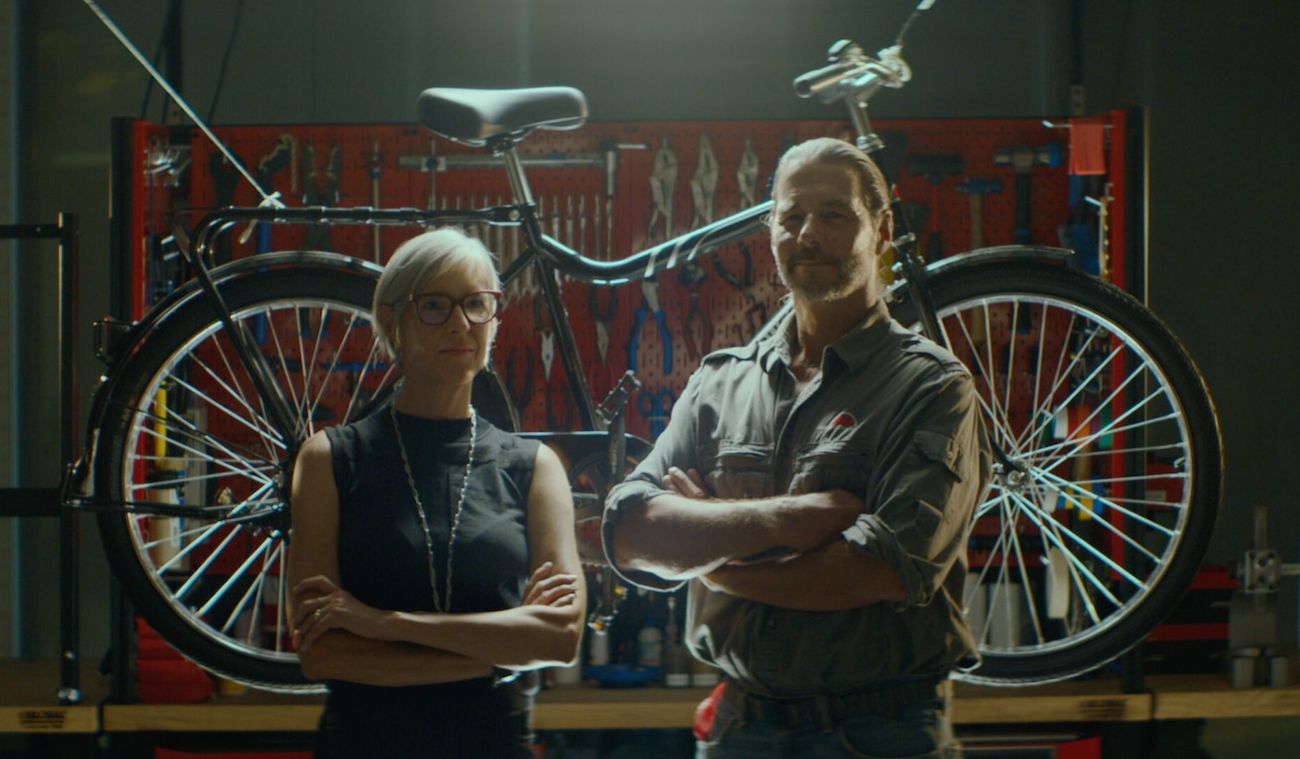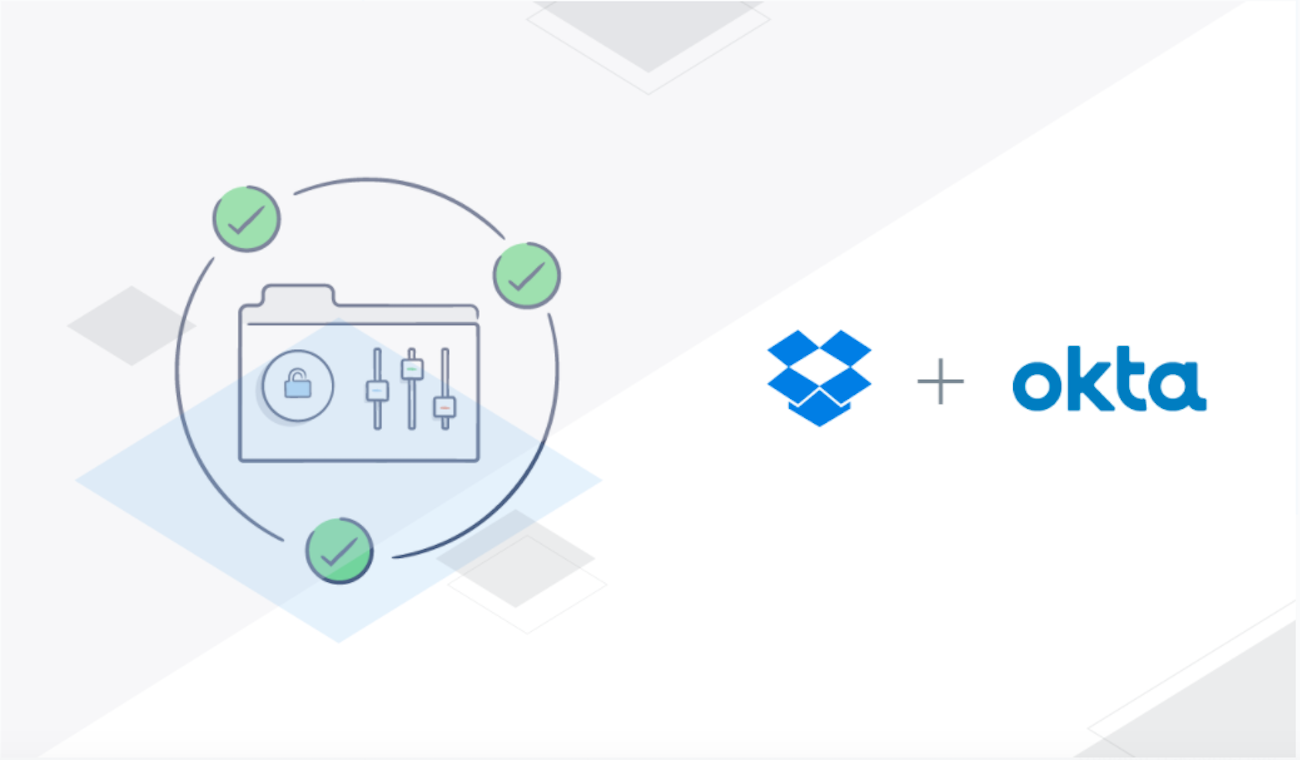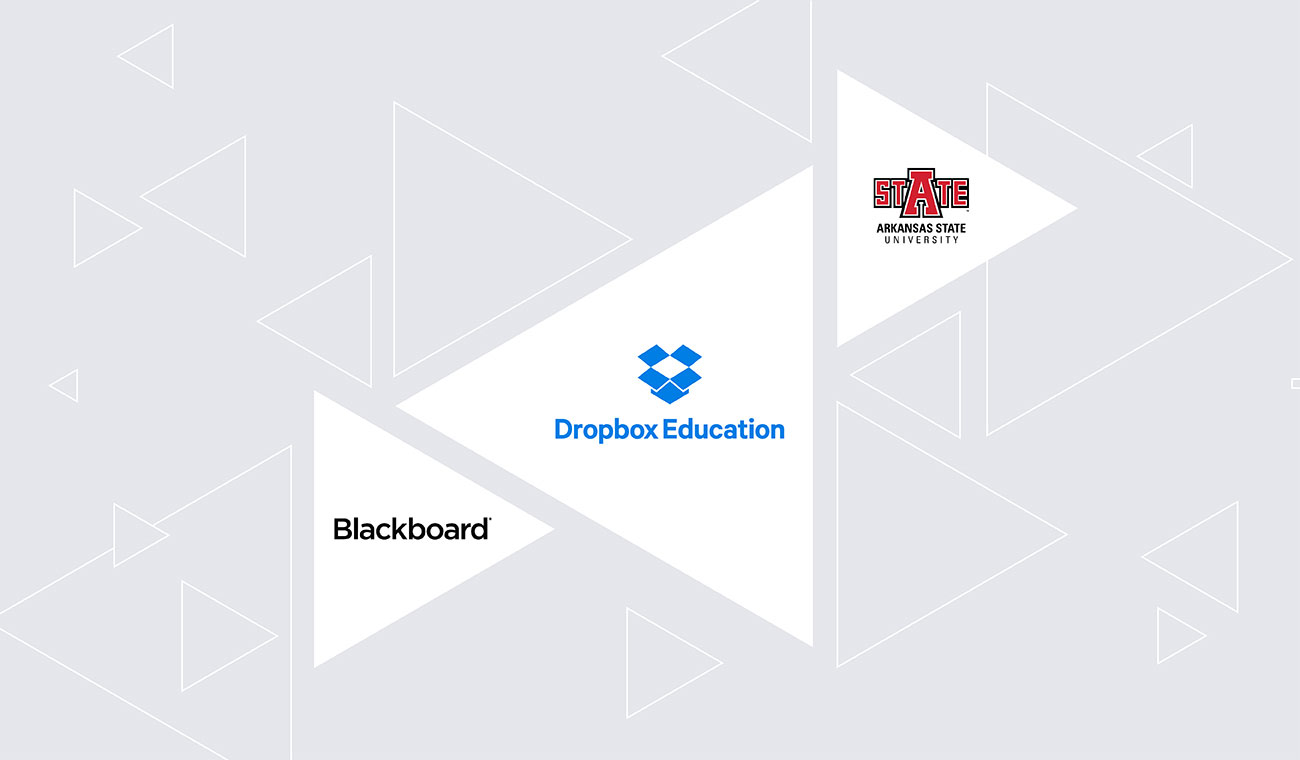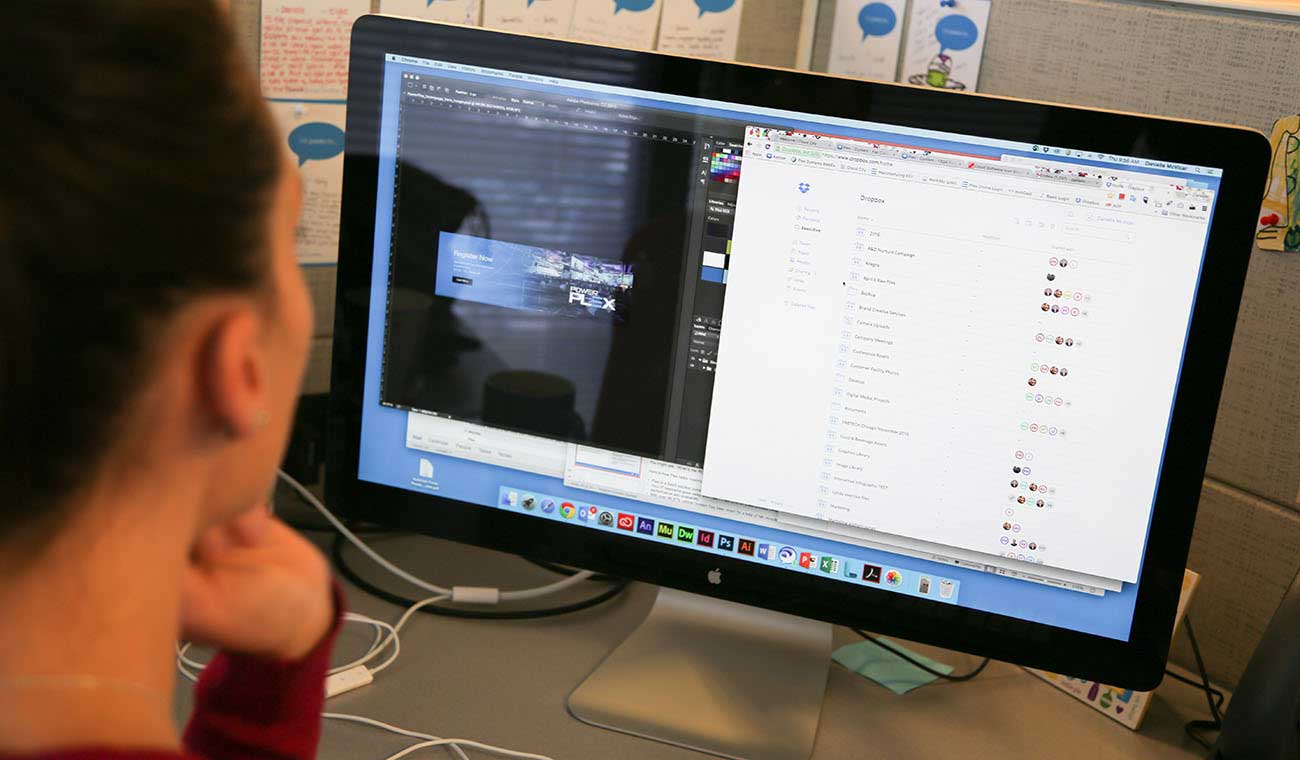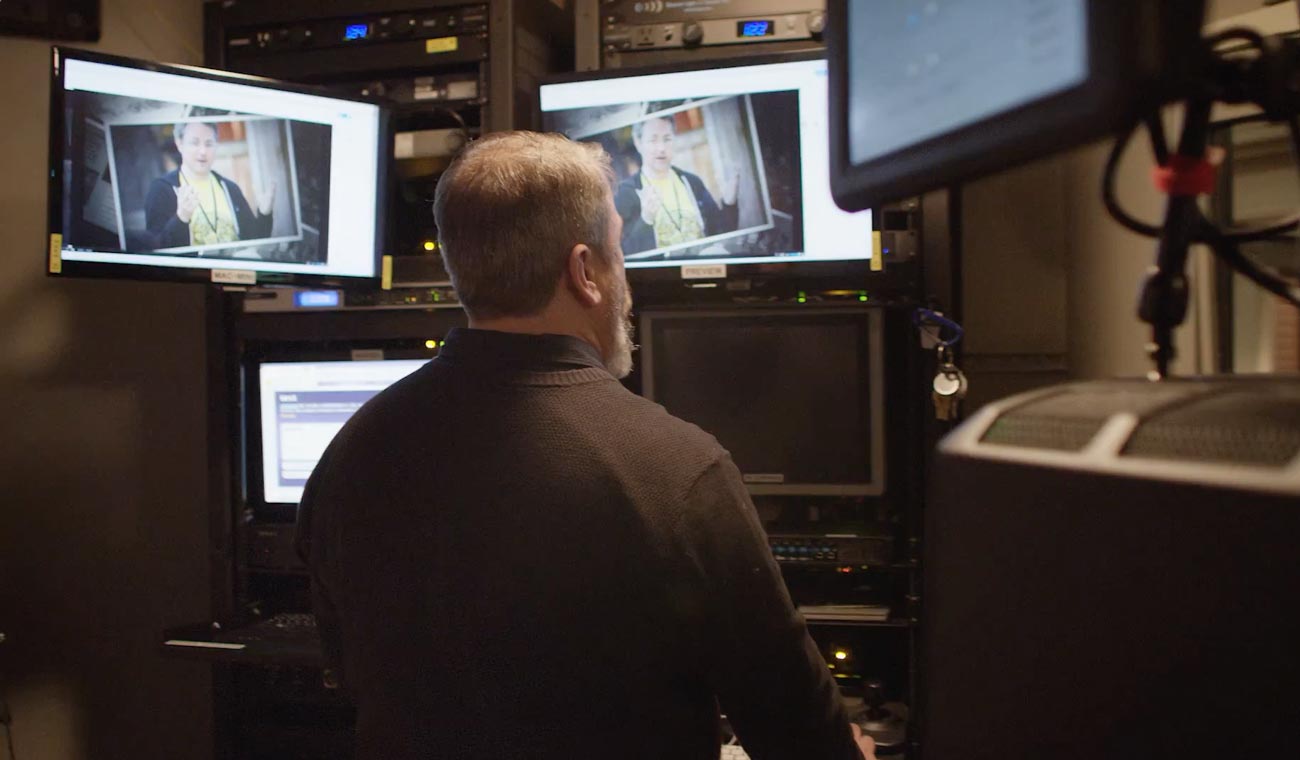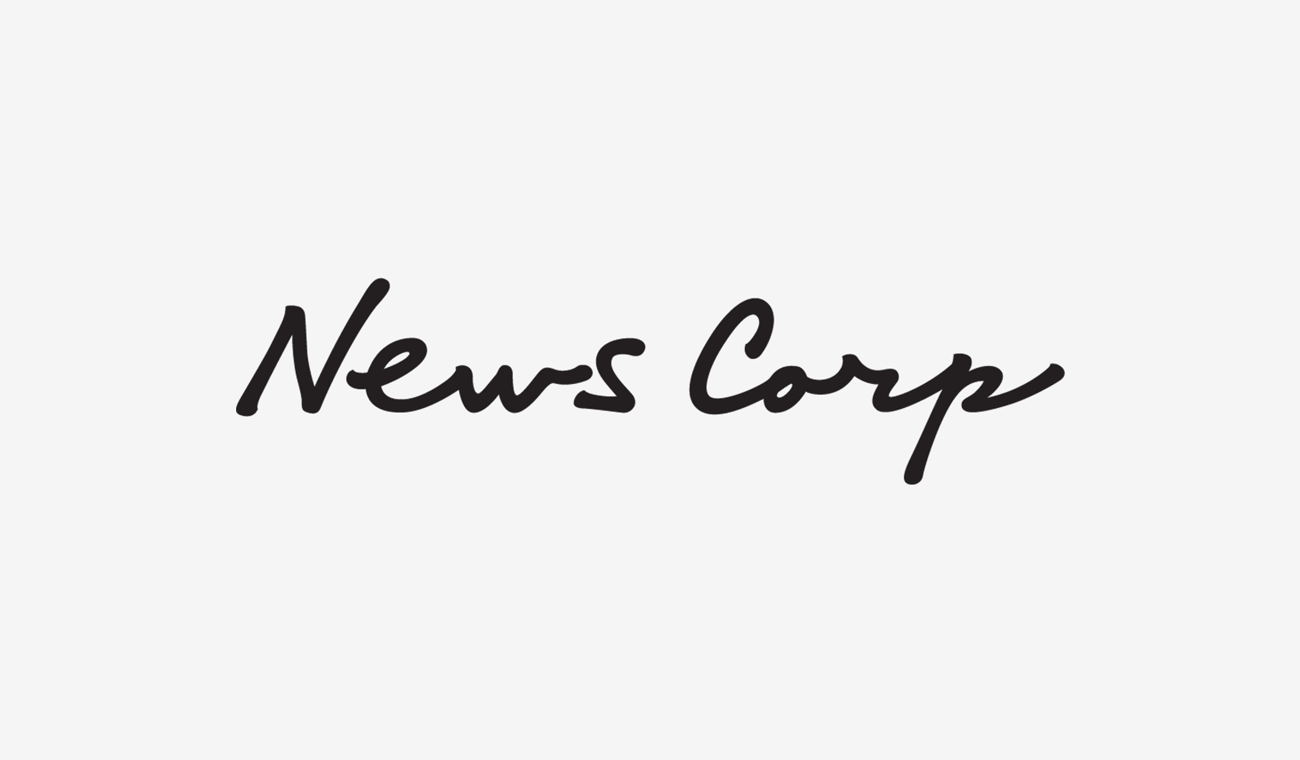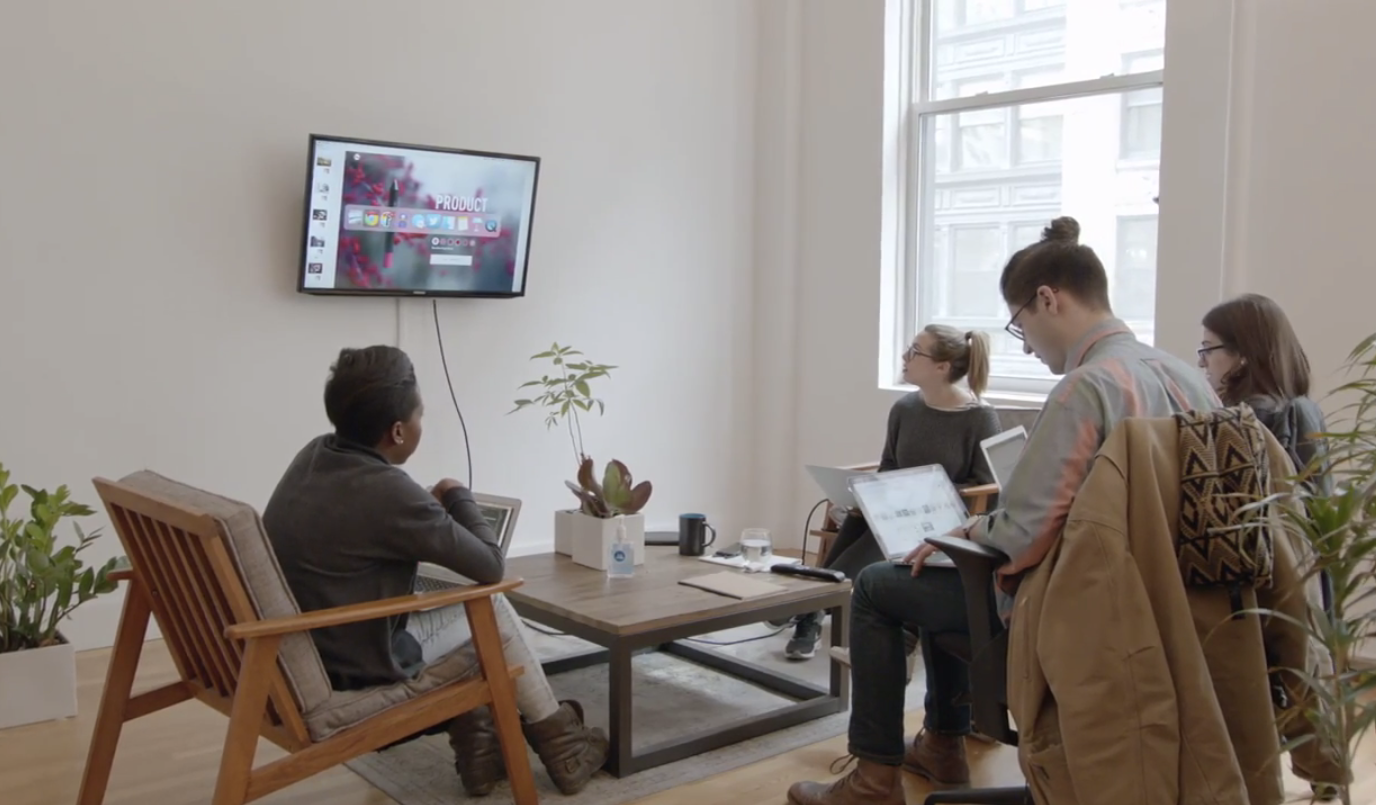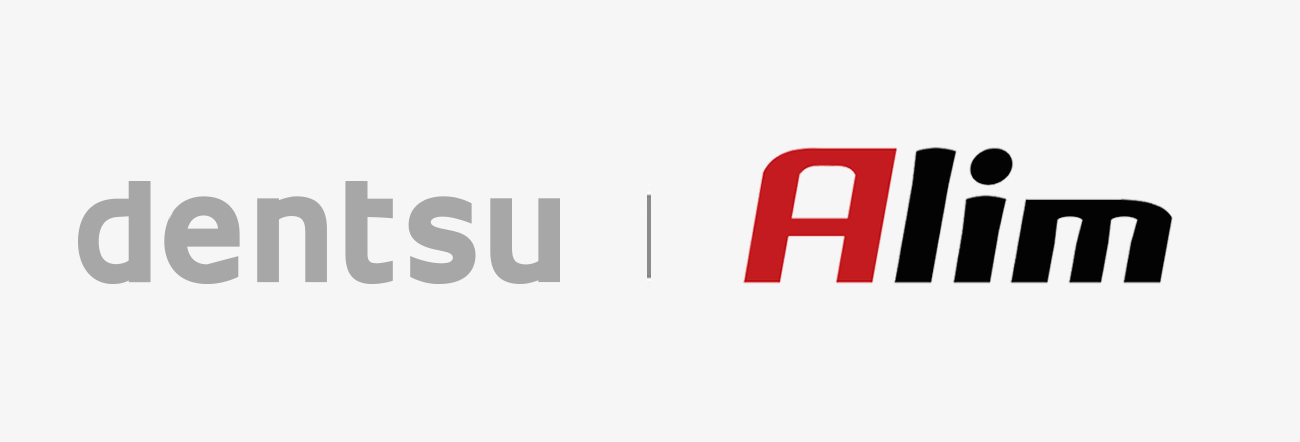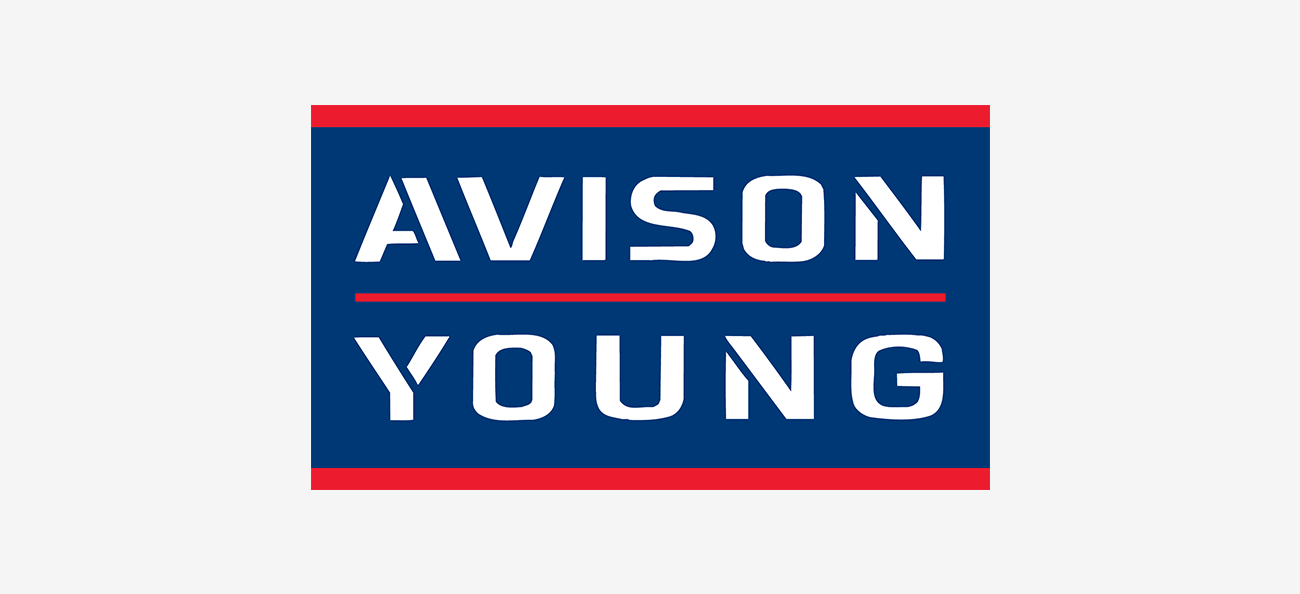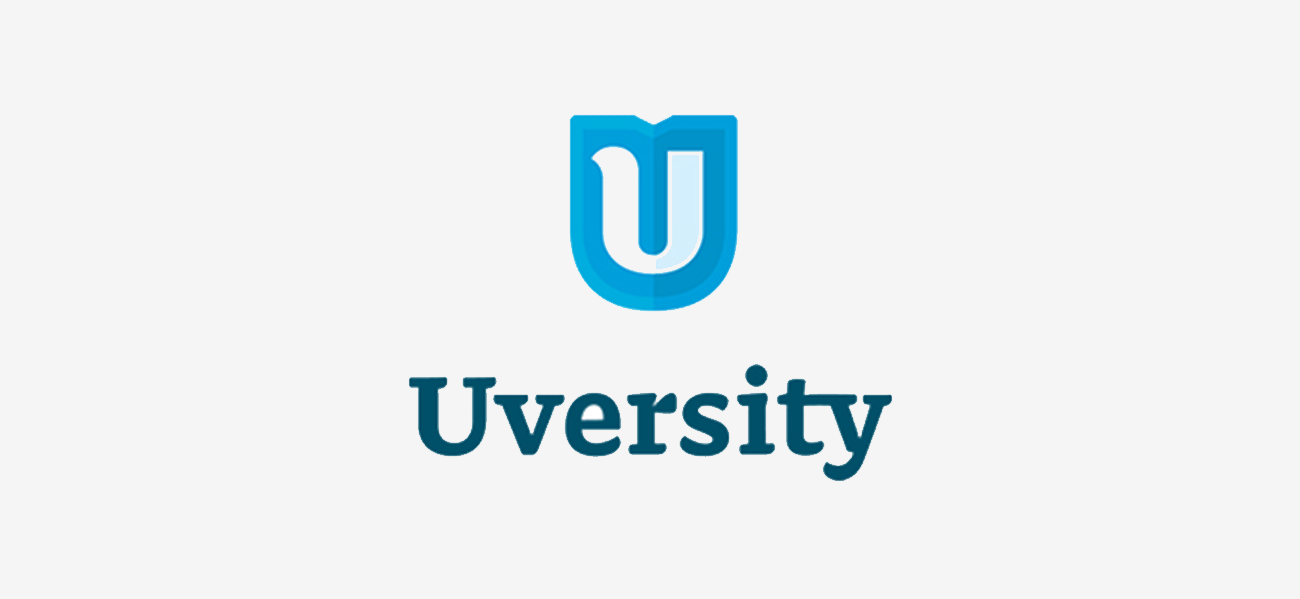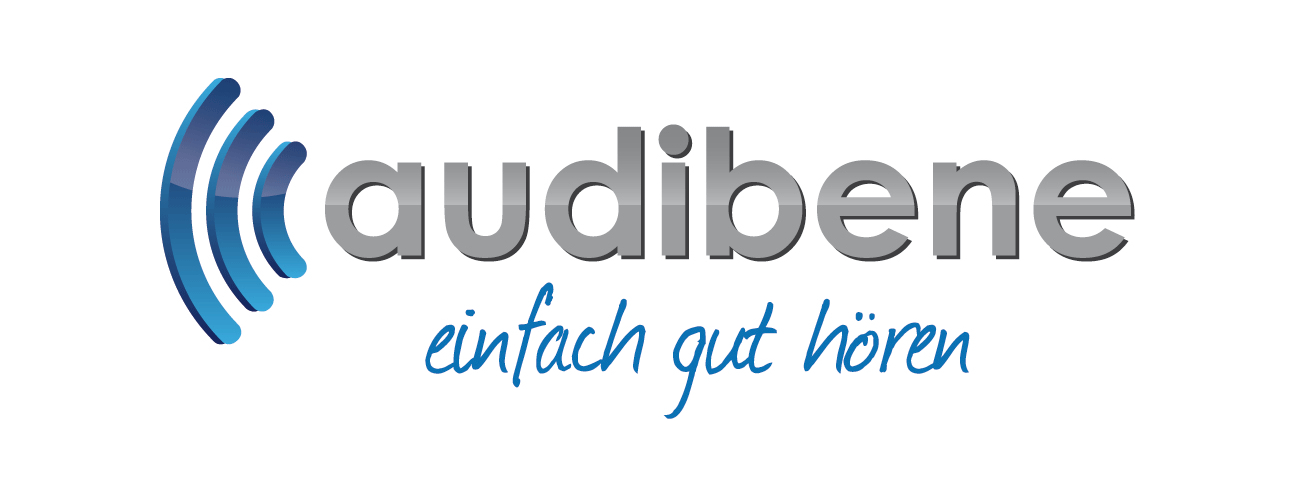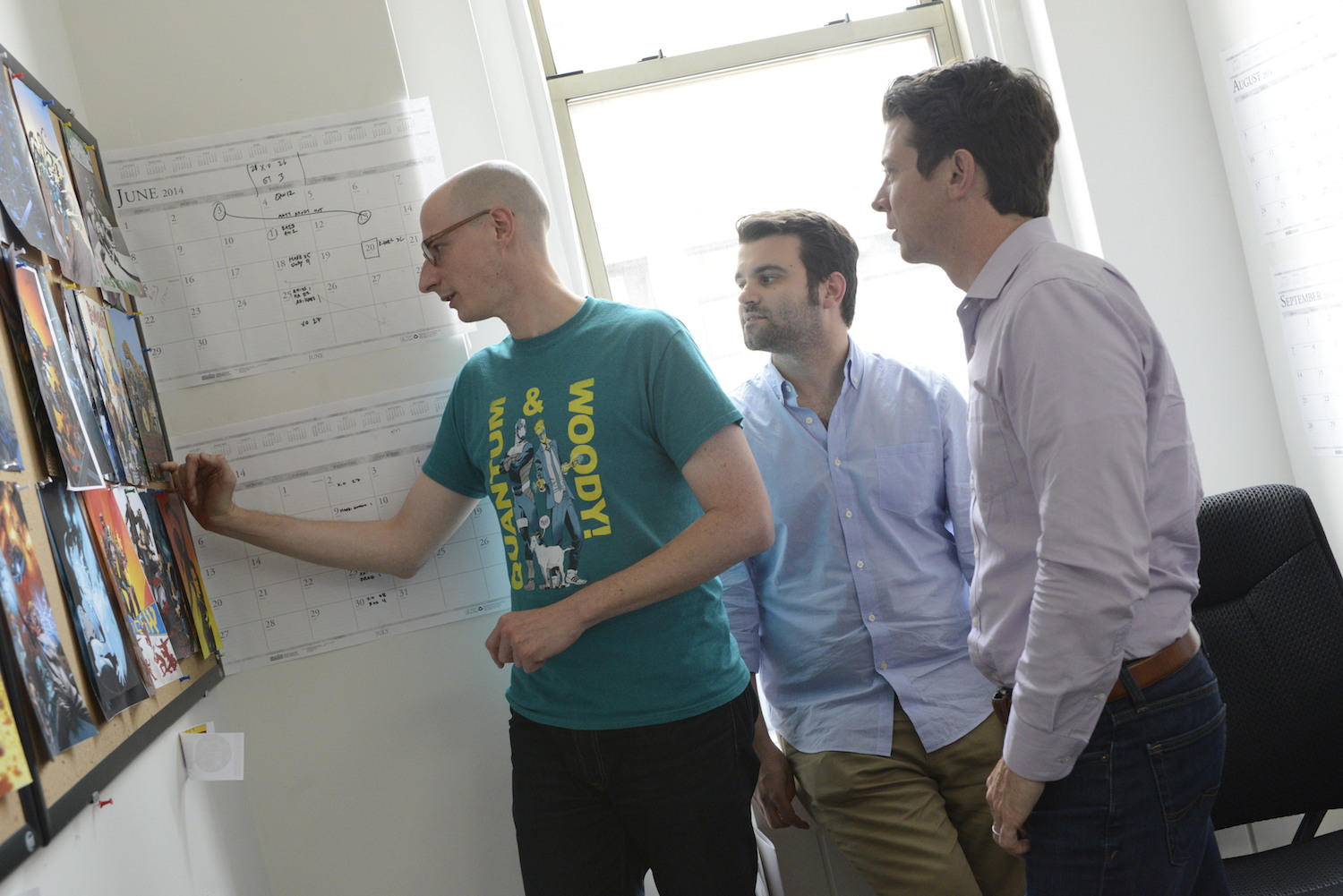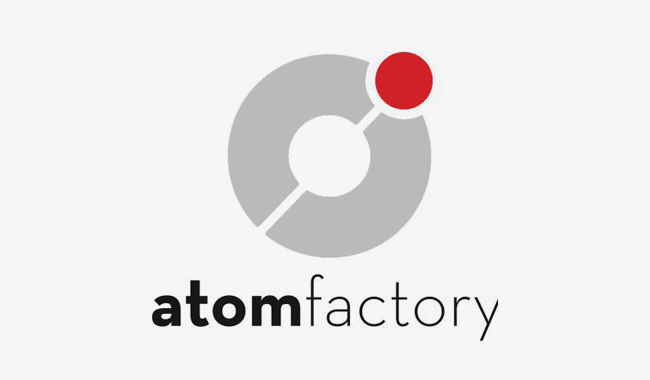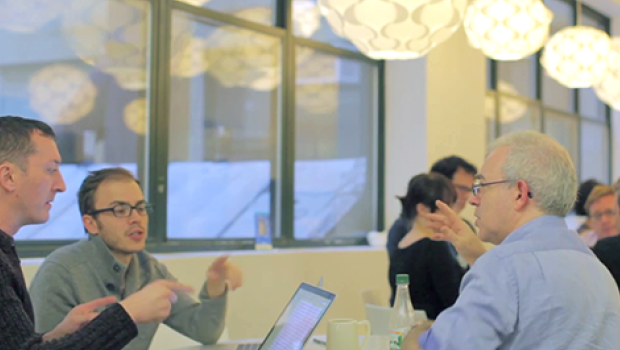
How Agility in Mind uses Dropbox to collaborate on intellectual property
Published on January 01, 2022
This global consulting firm coaches teams on how to work in more flexible, collaborative ways. Naturally, their digital tools needed to be just as agile to keep their practice in sync anytime, anywhere.
Dropbox helps teams spend less time on logistics and more time doing the things they love. Find out how Andrew Joenes, CEO of Agility in Mind, uses it to stay organized and work efficiently.
When you’re an entrepreneur, it’s hard to know what tools you’ll need for success. Like many small business owners, I started my company without a clear idea of what I wanted—but I knew precisely what I didn’t want.
During my career, I’d become frustrated. While leading large business units in developing software products and business solutions, time and again I saw unnecessary barriers get in the way of people accomplishing their work.
With the greater emphasis on contract agreements, I witnessed client relationships become more transactional and less trusting. In this environment, we lost the ability to truly collaborate. When I finally learned about agile ways of working, I knew this was an idea I could take to market.
I founded Agility in Mind a decade ago as a consultancy to help solve the common problem of organizations becoming rigid in their structures and processes. Through coaching and training, we help teams respond and adapt quickly to changes in the market or within their environment.
While structure isn’t a bad thing, rigidity interferes with work. The organization loses sight of why everyone came together in the first place: to collaborate. Agility in Mind breaks that mold. Our coaching and training programs help clients rekindle the spirit of collaboration by tearing down unnecessary organizational restrictions. This results in more effective employees—and in turn, more successful organizations.


A solution that matched my approach
What sets us apart from other consulting organizations is how we build flexibility and agility into our own commercial and engagement models. We always try to break away from that transactional consultancy buying approach, where it’s about billing hours. Instead, we’re focused on helping clients achieve their desired outcomes.
I didn’t want our internal tools to fall into the same trap of those organizations I was trying to help. I needed business tools to support a flexible infrastructure and allow me to spend my time on valuable work. That is as true today at Agility in Mind as it was 10 years ago: I don’t let my team get bogged down in time-wasting activities that can be easily automated.
Building flexibility and agility into your business begins with the tools you use.
Dropbox was a perfect fit for that approach. During the early days of Agility in Mind, I first experienced Dropbox when someone shared documents with me. It was very easy to set up and intuitive to use. My immediate reaction was, “Wow, this really works.”
Dropbox fits neatly into my vision of simplicity and flexibility. I saw that it was secure and it worked well, so I didn’t feel the need to search for anything else.

Agility in Mind on working with Dropbox:
Team members sometimes spend days or even weeks creating a new product, so we need a platform that backs it up instantly. We use Dropbox because it means we’ll never lose our greatest asset: our intellectual property.
How Dropbox adds and protects value
With Dropbox, we can securely support collaboration in a way that still protects our intellectual property. One of the best examples of how we use Dropbox is in the internal development of our training courses.
For the past seven years, we have offered a suite of training courses that we deliver to companies across the world—from North America to Asia Pacific. And because we are always evolving, we continually refine and improve our course content with new case studies and techniques.
Developing and updating these courses can’t happen in isolation, though. Maintaining the quality and integrity of these products requires collaboration. We frequently share and review our training material among our consultants, who are distributed in offices across the United Kingdom and in New York City, but when it comes time to deliver a training course, we need the final version of the course content at hand. The one place where we collaborate and share that content is Dropbox.
Everyone across the organization loves the easy access to information, but another reason we share through Dropbox is that it protects our work. Team members sometimes spend days or even weeks creating a new product, so we need a platform that backs it up instantly. We use Dropbox because it means we’ll never lose our greatest asset: our intellectual property. It also ensures we don’t waste time trying to recover lost documents or creating new ones to replace them.
Another major time-saver is Dropbox’s integrations with our website and accounting system. For services like training, our clients pay directly on our website and our WordPress plugin, WooCommerce, generates invoices that are automatically stored on Dropbox as a PDF. Similarly, our consultants don’t waste time creating expense claims and sending their receipts in the post. Instead, we use a system called Receipt Bank that lets them take pictures of their receipts, which get sent straight through the accounting system, KashFlow, and saved as PDFs on Dropbox. Apart from the time savings, when it comes time to audit, we have every transaction recorded without the need to keep paper receipts.

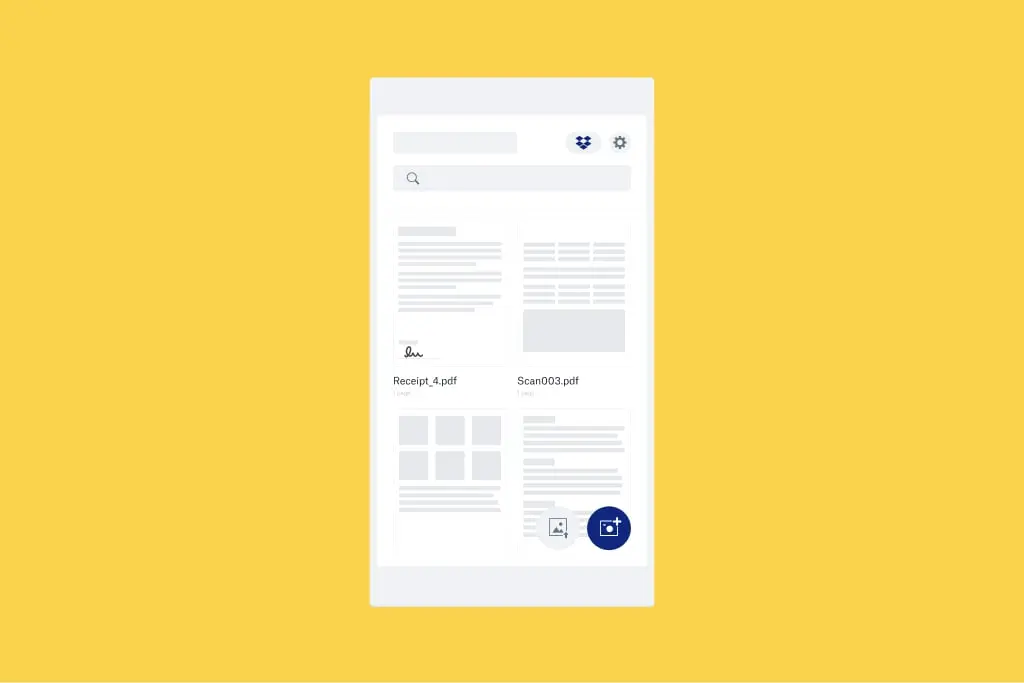

Collaborative opportunities even while apart
Remote collaboration has long been business as usual for us. But when the coronavirus pandemic forced lockdown restrictions, it became the new reality for our clients, too.
Our clients had been used to having our consultants on-site. We needed to reassure them that our work would have the same value as before, so we helped some of our larger clients transition to remote work. This was ample proof that our model works. With the right tools, even the largest organization can work remotely. The only real constraint is psychological; remote work is not only possible but provably productive.
Even the largest organization can work remotely. The only real constraint lies in people’s thinking about how work should get done.
Remote working has been a net positive for our consultants, who no longer spend so much time traveling. Instead, they’ve discovered more opportunities during the work day to keep in touch. Agility in Mind has actually been more collaborative as a team over the past six months than it was even before the pandemic. Tools like Dropbox have helped make remote work a seamless new normal for our team. We haven’t needed to change our workflows because our agile business model was well suited to frictionless adaptation.
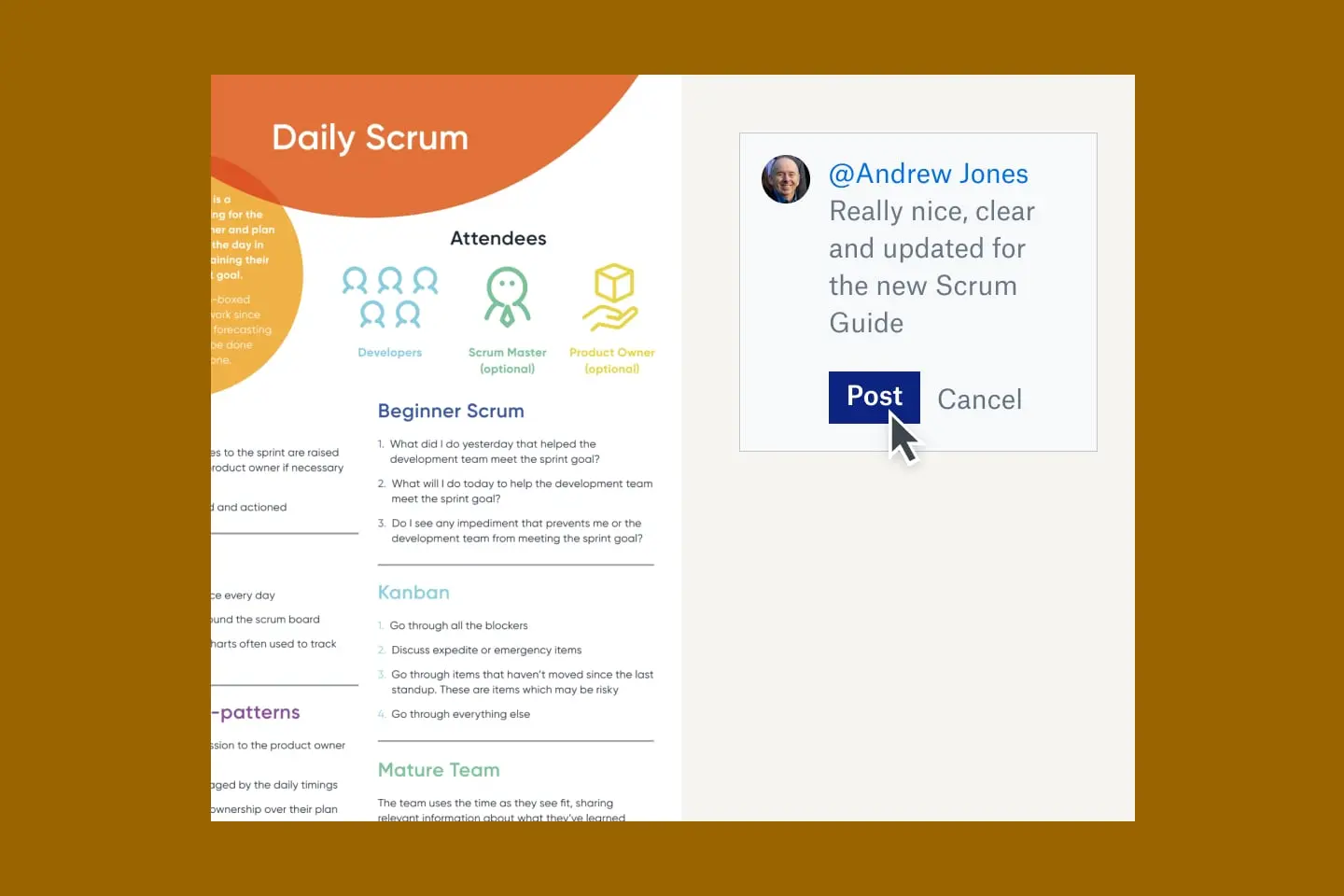
A tool that grows with us
Until this year, our biggest challenge was how much we’ve grown—around 25%, year over year. That’s solid, steady growth, but it also presents a challenge: How do we expand our team while maintaining our ethos as an organization?
We’ve worked hard to build a team of directly-employed staff rather than rely on outside associates like other consultancies. That was important to us, as we didn’t want to do anything that could dilute our organization’s message, approach, and emphasis on flexibility and customer outcomes.
The best way for a business to be flexible is to remove existing constraints. It’s easy if you choose tools that can scale with you.
Adding new staff and clients to Dropbox is a two-minute exercise, and it’s so intuitive, no one needs to be taught how to use it.
At one point, we saw similar file sharing and collaboration features emerge in other parts of our technology suite and wondered if switching to another platform would be more efficient. For example, for our email and office applications we use Microsoft, which now has OneDrive. Since we were paying for Dropbox and, in effect, paying for OneDrive through Microsoft 365, did it really make sense to use both?
After taking a closer look, I quickly realized that the risks of migrating entirely to OneDrive far outweighed any potential cost-saving benefit of eliminating Dropbox. And there was no compelling reason to use OneDrive, other than that it came with a tool we already used. I was confident and happy with how Dropbox worked, and I didn’t need any hard metric to prove it. Intuitively, I knew that Dropbox had improved Agility in Mind.


Start without constraints
Determining your own processes and tools can be hard work, especially for new businesses. There are so many tools out there; the tyranny of choice can be overwhelming.
My advice is to start with a low-risk, low-cost platform like Dropbox, particularly if you are a solo entrepreneur who needs to collaborate with clients. Even if you don’t have a vast amount of money to invest in the works, you can incorporate more capabilities over time.
You can easily choose tools from the start that can scale with you. The best way for a business to be flexible is to remove existing constraints. And with Dropbox, there are no constraints.
What initially began as a safe, secure, flexible way for me to create my own valuable content is today a safe, secure way for our teams to collaborate.

.png/_jcr_content/renditions/hero_square%20(2).webp)















.jpg/_jcr_content/renditions/1200x628%20(5).webp)


























